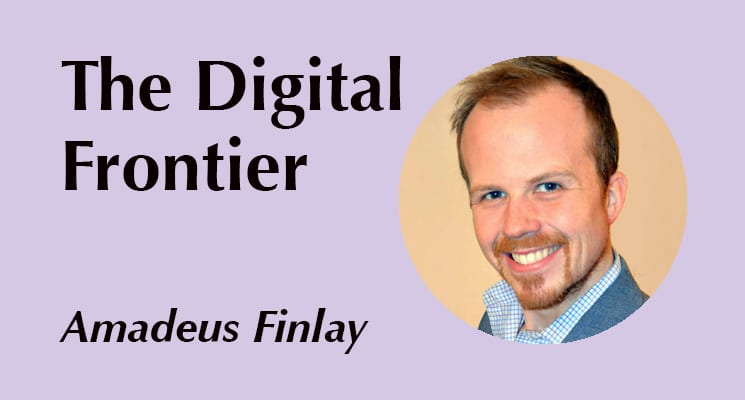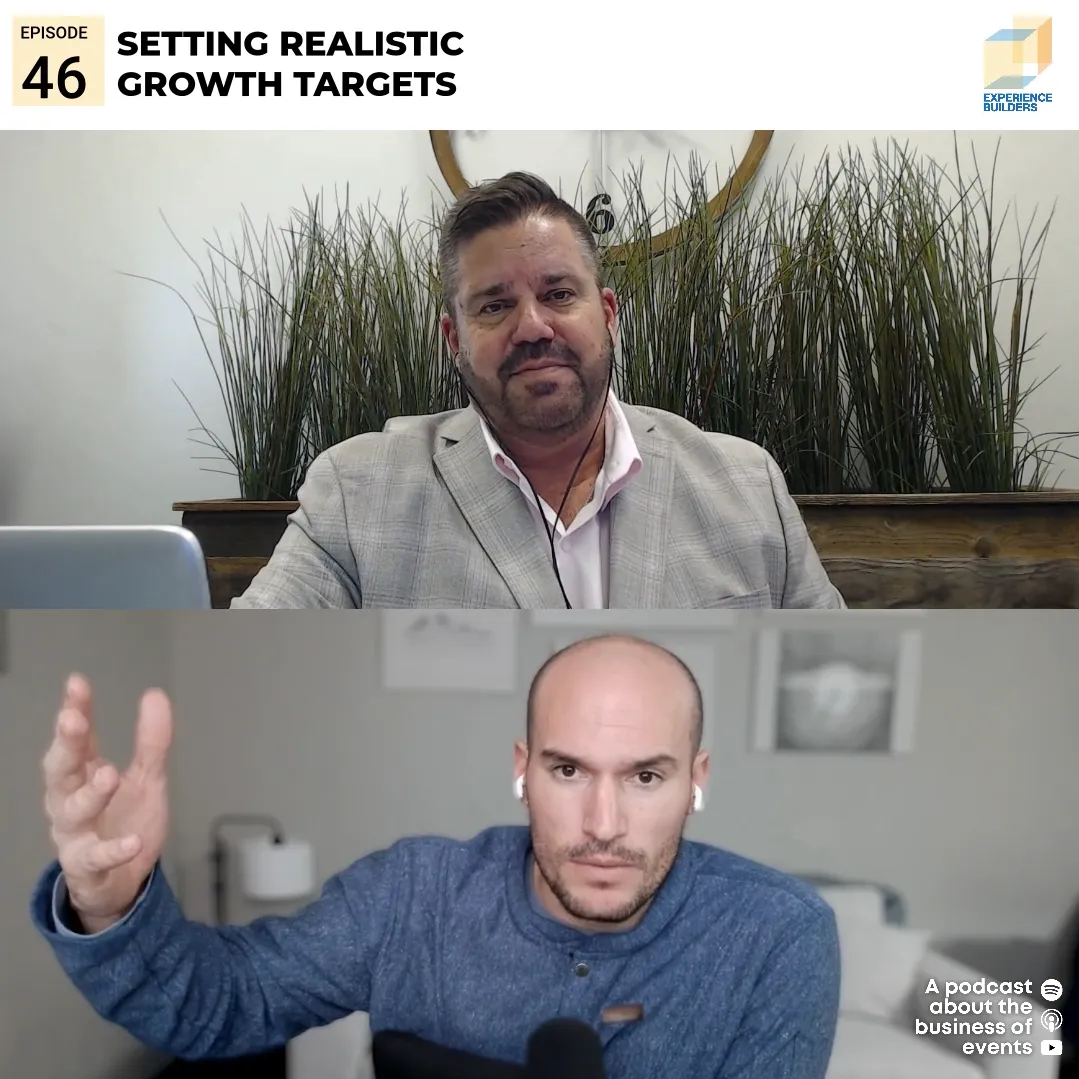by Amadeus Finlay
The term “Golden Age of Film” is widely accepted as referring to movies produced from 1917-1960, but all that might just change. In the past ten years, an explosion in cinematographic innovation has seen the market saturated with affordable, top-of-the-line film equipment, and now any aspirant filmmaker with an eye can produce something of quality without the multi-million-dollar budget. The era of digital dorado is upon us, and its brilliant new dawn is casting its light all across the tradeshow and event industry. And if you haven’t noticed the shift, begin your education by looking down the rabbit hole that is social media.
Social media is one of the darlings of the tradeshow and event industry, a marketing powerhouse in the world of conventions: and it thrives on video content. Videos generate up to 1,200 percent more shares than text and images combined, with LinkedIn users 20 times more likely to share a video than any other type of post. Taken together, all this makes video content—by far—the most popular form of communication on all social media platforms.
Video marketing also leads to profit. In a 2019 survey published by socialmediatoday.com, 88 percent of marketers responded as “satisfied” with their ROI on video-based campaigns, with the same percent of business reporting that video made visitors spend longer on their websites. And all this is more than reflected on the show floor (right, CES?). Most exhibitors desire some form of extravagant video experience in their booth, and audiences across the globe all but demand experiential film content at live events. The long and short of it is, you need video content and you need it now.
But what do you need to compete? Besides someone who knows what they’re doing, you’re going to need to start with a camera. The camera is the anchor of a film kit, the matriarch of the video family, and the motto to live by when purchasing any of them is “go 4K or go home.” HD no longer cuts it and forget about that smartphone in your hand if you want to be taken seriously and make content that lasts. Speaking from experience, there is nothing quite like a Panasonic Lumix G7 for capturing beautiful imagery with the greatest of ease.
However, cameras require ample light in order to work. Gain some illumination with a couple of stand-mounted LED lights, available in kits on Amazon. For those seeking a little extra, filters and diffusers are a must, as are warm lights and spotlights. Cameras also require a tripod and a shoulder rig (both essentials, sorry 1990s filmmakers), and it’s best not to skimp; there’s nothing quite as disheartening as watching a $2,000 camera crash off a shoddy support.
Next, audio. Cameras are not meant to—and never should—be used to record sound. Audio kits don’t need to be top of the line, but they do require some quality basics. Spend $100 and pick-up a directional mic that can withstand some bashing, and couple it with a Zoom recorder for digitally capturing and processing the audio. It might also be wise to download a mixing program, just in case something goes wrong during the process. Audacity is free and user-friendly, making it one of the most popular cost-effective solutions available.
Finally, all this technical wizardry needs somewhere to store and build its findings, but don’t fill up the company drive with gigabytes of content. Instead, purchase a sizeable external hard drive coupled with Cloud support. Then, install some robust video editing software—look no further than Adobe Premiere and its partner in crime, Adobe After Effects—and get ready for a long haul of exultant revelations, jaw-dropping discoveries and hours of trial and error. These programs can, quite literally, do anything seen in the movies, so let the imagination go wild.
Sound complicated? It is, but like everything worth doing, conceiving and producing quality video content does not come easily. But when it does come together, the impact that a strong, focused video can have is almost priceless. Think about the intimate moments each of you has had with a specific piece of film, whether on a social platform, website or the widescreen plasma in the living room. Which three-second soundbite lives with you forever? Which heart-tugging message left a resonance that will never be broken? These moments are special and they are unforgettable.
And that is the reason filmmakers create video, and that is why the medium is so incredibly powerful. From the social realm to the silver screen to business across the world, video content is a living, breathing, speaking form of communication that touches many senses at once. There really is nothing else like it.
For companies seeking video support, contact amadeus_finlay@hotmail.com to discuss the full range of video services offered by the Exhibit City News digital department.
Having worked with Groupon, IBM, Nordea, and others, Amadeus Finlay is a global connector of people and brands. He has extensive experience in professional copywriting, social media and script-to-screen video production, including on-camera hosting. A graduate of the University of Edinburgh in Scotland, he holds a Master’s degree in American History. Connect with him at https://www.linkedin.com/in/amadeusfinlay/
This story originally appeared in the September/October issue of Exhibit City News, p. 16. For original layout, visit https://issuu.com/exhibitcitynews/docs/ecnflipbook_septoct_2019_web






























